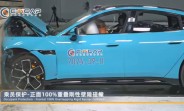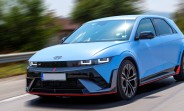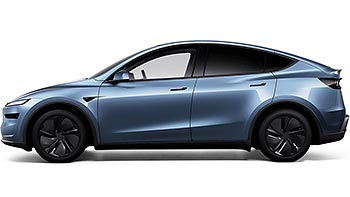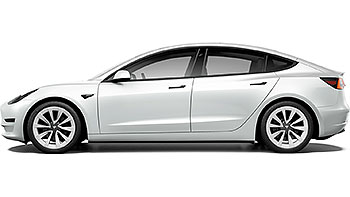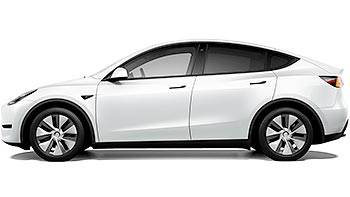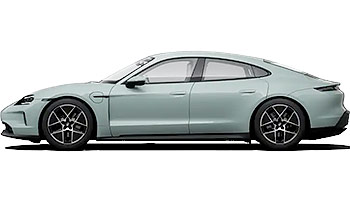New IIHS crash tests reveal problems for some popular electric cars
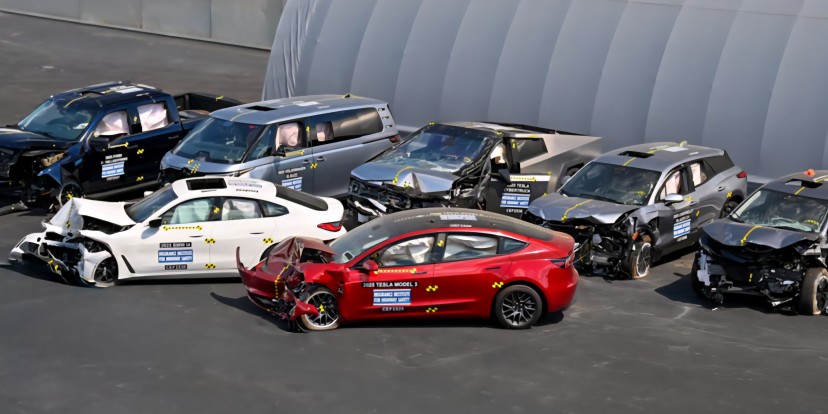
The driver's seat is no longer the only spot that matters in a crash test. The Insurance Institute for Highway Safety (IIHS) is putting a new focus on the safety of passengers in the back, and the latest results for a group of popular electric cars show a surprising range of outcomes.
Some of the new EVs passed the test with flying colors, but others, including models from Ford and Nissan, revealed big safety concerns for those not sitting up front. The test at the center of this evaluation is the moderate overlap front crash test. It is designed to simulate a common and dangerous scenario: a head-on crash where the front corners of two cars collide.
In the test, a vehicle travels at 40 mph and strikes a barrier with 40% of its front end. Over the years, automakers have engineered cars to ace this test for the driver. Now, with a sensor-equipped dummy in the back seat, the IIHS is checking if that same level of protection extends to everyone.
Four of the seven electric vehicles tested earned the top rating of "Good" for their performance. The 2025 BMW i4, Chevrolet Blazer EV, Volkswagen ID. Buzz, and the Tesla Cybertruck (for models built after April 2025) all demonstrated excellent protection for both the driver and the rear passenger.
The rating for the Cybertruck comes after Tesla made changes to the truck's front underbody structure earlier in the year, improving its crash performance. These results show that it is possible to engineer electric cars that keep all occupants safe in this type of collision.
Moving down the list, the 2025 Tesla Model 3 received an "Acceptable" rating. While the popular sedan provided great protection for the driver, the rear dummy's sensors flagged a higher chance of chest injuries. The IIHS noted that the seatbelt exerted too much force on the dummy's chest during the impact. Though still a passing grade, it highlights an area for improvement in one of the world's best-selling electric cars.
The results were more concerning for two other EVs. The 2025 Nissan Ariya earned a "Marginal" rating. Like the Model 3, it protected the driver well, but the rear dummy registered a high risk of chest injuries.
The situation was worse for the 2025 Ford F-150 Lightning, which received a "Poor" rating. The electric pickup showed a high risk of not only chest injuries but also head or neck injuries for the rear passenger. Investigators also found that the rear lap belt slid up from the pelvis onto the abdomen, a dangerous movement that increases the risk of serious internal organ damage in a real-world crash.
The IIHS evaluations exposed another widespread issue among new electric cars: headlights. Shockingly, none of the seven vehicles tested earned a "Good" rating for their headlights. The Tesla Cybertruck's headlights were rated "Poor" because their low beams created excessive glare for oncoming drivers. The BMW i4 didn't fare much better, with its available systems rated either "Marginal" or "Poor" for providing inadequate illumination on high-beam settings.
The five other models all received "Acceptable" headlight ratings. These results mean that even if a vehicle is structurally safe, its ability to help a driver avoid a crash at night may be compromised. Because of these varied results, none of the seven vehicles tested currently qualify for the coveted IIHS Top Safety Pick or Top Safety Pick+ awards.
Related
Reader comments
Nothing yet. Be the first to comment.
